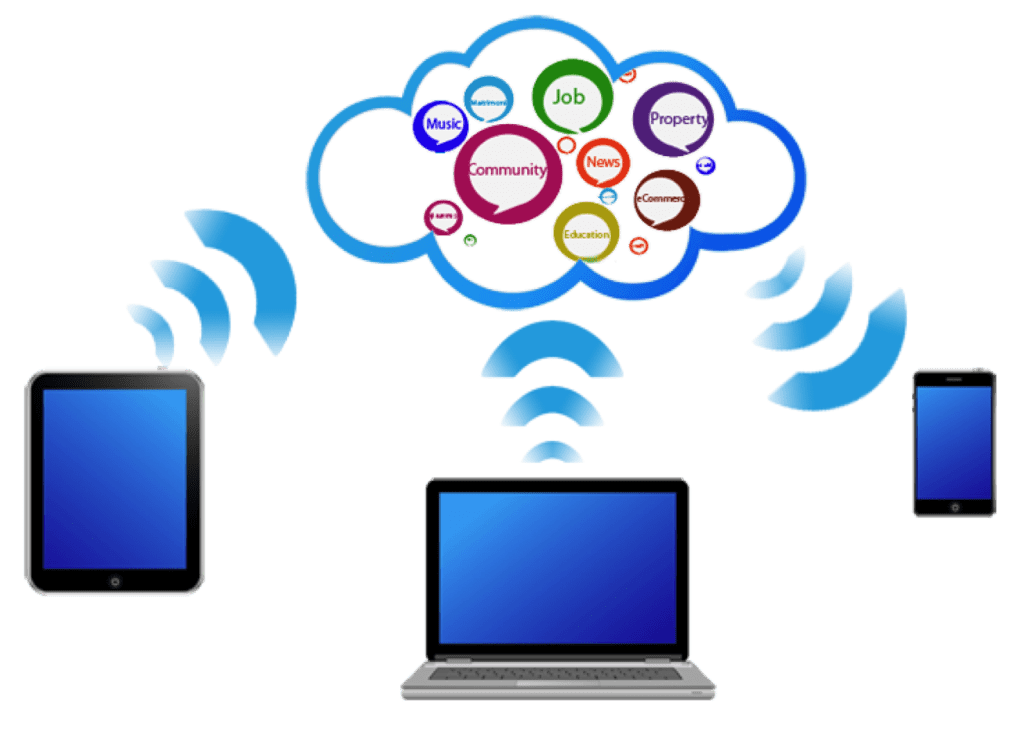In the midst of an expensive commodity focused industry, simplified tools used as information resources are a godsend. When running a business, knowing all aspects of the business functionality is crucial to improvement and long-term maintenance. To achieve such knowledge however, data gathering, client collaboration and information surveys are necessary measures to take. Although such measures can be costly in both time and money, convenient portal servers like My Port offer a no-nonsense approach in information gathering and collaboration. It’s for these reasons that investing in an information portal is such a smart move. Sound complicated?
Cost effective
Information portals can be used within an organization, to collaborate and analyze employee and sales data or they can be used outside to integrate consumers within the business. With this online platform, a company can go outside their own corporate boundaries to create a joined access point that is secure. Rather than using a third party to gather information, through spreadsheets, surveys and paperwork, a company can increase productivity, save money and time simply by investing in an information portal.
This option eliminates third party interference, and is a direct approach between customer, employee and business partnership. All the information is in one comprehensive format, preferably with visuals, where the user can go directly to the section that they prefer. It’s the most user-friendly interaction between organizations and users and once developed is the cheapest running communication platform available. Being able to direct users to an all-inclusive portal for their queries also means big savings on wages, as an employee would usually have to be available for that service. In the long run, users of the portal will increase and it will virtually run itself. Governments, businesses and entrepreneurs all use information portals for its cost effective and useful qualities.
Customization
Information portals can be customized to employee or customer needs and demographics. This can be achieved through single sign-on options; ensuring security is met through online authentication, such as a password. The portal service can be available through apps, computers and mobile devices, making it a convenient information-sharing tool to be used on the go and not limited to the office. Information portals can be integrated with functions from a variety of systems, creating a diverse experience for the user. Such functions can include navigation to other information portals. In particular, investing in such a concept ensures the organization has access to other information portals.
Data collection
Through visuals, such as graphs and photos, as well as clear sub-headings, a good information portal can also double as a data-collecting service. It not only allows operators to gather their preferred material, it allows associations to monitor the interests of operators and use that information to build up clientele databases. Furthermore, customers and employees are more likely to use a simplified service to search desired content than an offline counterpart or clunky website without split testing. Investing in information portals is cost effective and personalized to the user; it’s a key business tool and trend used by governments and companies all over the world. By not investing in such technologies, businesses take the risk of being left behind and operating within more cost-effective data collaboration.
Do you use an information portal? What benefits have you found and why would you recommend others invest in the system? Leave your comments in the section below.












